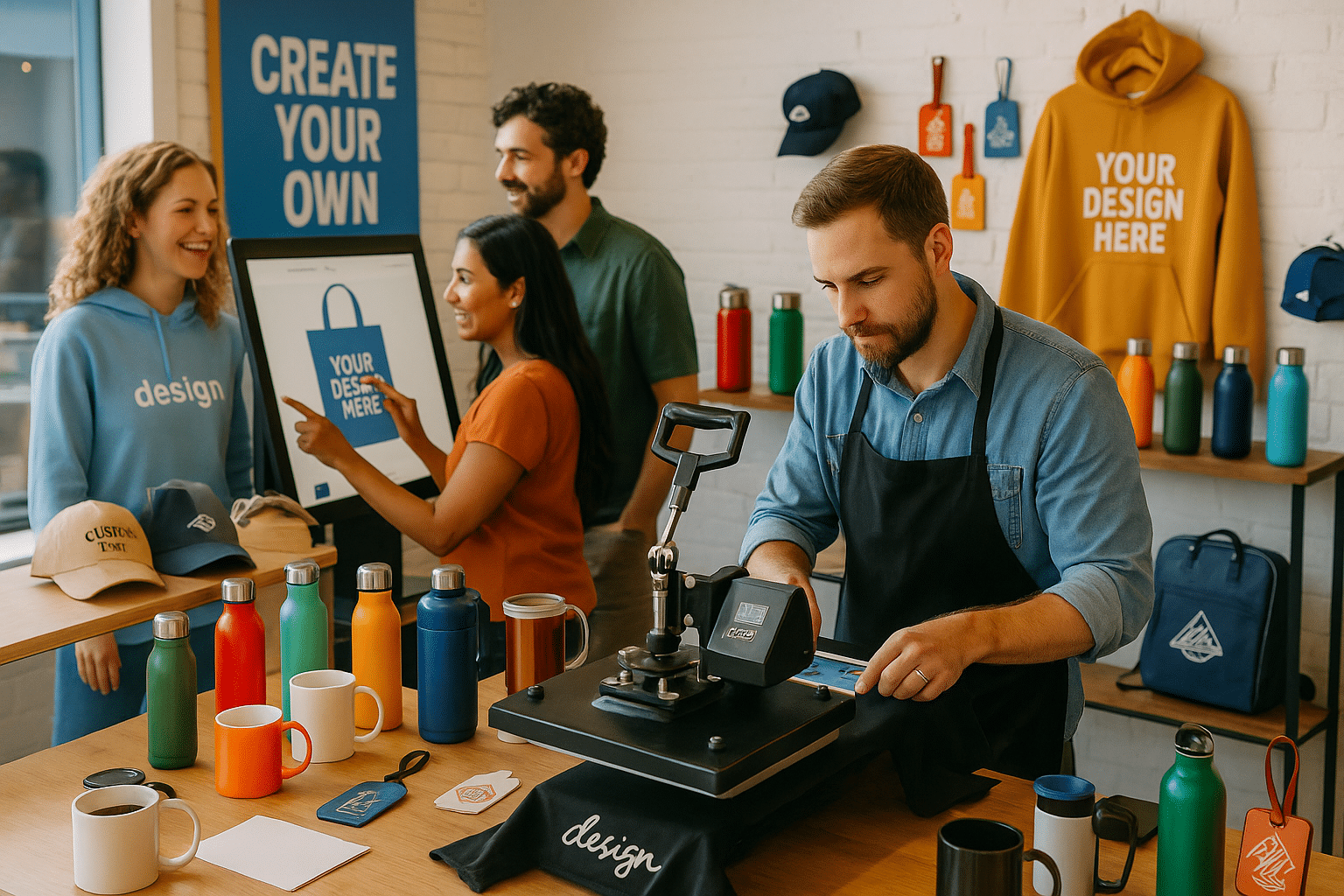Elevate Your Events with Engaging Planning Strategies
Elevate Your Events with Engaging Planning Strategies

Planning a memorable event involves a mix of strategy, creativity, and execution. In this article, we delve into essential event planning tips, explore interactive trends, provide DIY inspiration, and uncover marketing strategies that can amplify your brand. Join us as we reveal how to utilize diverse items like thermal bottles and photo booths to enhance your event experience.
Mastering the Art of Event Planning
Effective event planning is a multifaceted endeavor that requires a keen understanding of various components to create memorable experiences. At its core, event planning revolves around setting clear objectives, identifying the target audience, and designing an engaging event concept that captures attention. Each of these elements plays a crucial role in shaping the overall success of the event.
To start with, it is essential to define the objectives of the event. These goals will serve as a guiding compass throughout the planning process. Objectives can vary significantly, ranging from raising awareness for a cause, launching a product, fostering community engagement, or simply celebrating a milestone. Clear objectives not only help in measuring success but also dictate the tone and style of the event. For instance, a fundraising gala will likely differ in theme, budget, and logistics from a casual outdoor team-building event.
Once the objectives are set, the next step is identifying the target audience. Understanding who will attend the event is crucial in crafting an experience that resonates with them. Factors such as age, interests, and demographics can influence the tone of the messaging, the choice of venue, and even the type of interactive activities planned. Knowing your audience allows you to tailor content and experiences that engage attendees actively. For instance, millennials and Gen Z attendees may appreciate bold, interactive elements like a photo booth to instantly capture memories, while a more mature audience might prefer a refined ambiance with engaging keynote speakers.
Creating an engaging event concept is the bridge between the objectives and the audience. Consider the unique themes or motifs that can elevate the experience. For example, if the goal is to raise funds for a local charity, centering the event around a “Gala for a Cause” theme can not only attract attention but also align with the narrative you intend to convey. This is where creativity comes into play—using DIY inspirations like designing custom thermal bottles, mugs, or luggage tags as giveaways or incorporating laser-engraved products that guests can take home adds an exclusive touch to the event.
Once you have a clear concept, the logistics become paramount. Budgeting is the backbone of any event. Determine how much you can afford to spend and allocate funds wisely across various elements of the event, such as venue hire, marketing, catering, and entertainment. Understanding the “photo booth cost” or the charges associated with hiring photobooths, for example, should be part of the budget planning process. By including fun, interactive booths in the event planning, you can enhance guest engagement, encouraging attendees to share their experiences on social media, which further extends your marketing reach.
Choosing the right venue is another critical logistical step. The venue should align with the brand’s image and accommodate your target audience comfortably. For instance, a summer beach event might call for an outdoor venue that allows interaction and exploration, while a corporate launch may require a polished setting. Consider accessibility, facilities, and ambiance when selecting the location. Look into customizable items and décor that can reinforce your branding, like using caps or hoodies featuring the event’s logo for staff and prominently displaying your brand’s presence.
Once logistics are sorted, creating a meticulous timeline is essential to ensure all elements come together seamlessly. Event managers need to maintain clear communication with various vendors—caterers, audio-visual teams, and entertainment. If incorporating experiences such as interactive art displays or a photo booth, coordinate with providers to ensure all technical requirements are met.
Moreover, the event manager plays a pivotal role in overseeing the alignment of the creative, technical, and logistical aspects with the brand’s message. By having a singular vision throughout the planning process, the manager can coordinate these diverse elements to ensure a consistent attendee experience. This might mean reinforcing your brand colors in the event signage while ensuring that giveaways, like customized water bottles and mugs, stay true to the theme.
Marketing and branding efforts should also be interwoven into the planning. Develop a pre-event campaign that teases unique attractions, such as “Celebrate Memories with Our Interactive Photo Booth!” or “Don’t Miss Out on the Best Giveaways!” Use social media platforms to engage potential attendees, showcasing sneak peeks of what they can expect, whether it’s an exclusive photo booth experience or engaging speakers. Highlighting your sponsors and brand partners not only enhances credibility but creates a sense of community around the event—this is also where strategically placed items like branded caps and hoodies come into play, serving as walking advertisements for your brand.
Lastly, as the event unfolds, make sure to capture everything through behind-the-scenes insights. Showcasing real-time moments—like guests enjoying the interactive photo booth or trying custom products—can drive more engagement online and post-event traffic for your platform. Collect testimonials and photos that reflect the experiences of attendees, further enhancing your marketing material for future events.
Planning and executing an event is a rewarding but challenging task. However, by honing the fundamental aspects discussed here, from well-defined objectives to meticulous logistical strategies, you can create unique and engaging event experiences that resonate with your audience and elevate your brand. Embrace creativity, streamline processes, and watch your events leave lasting impressions that prompt attendees to return for more exhilarating experiences in the future.
Conclusions
In conclusion, effective event planning combines strategic marketing, creative DIY elements, and a keen understanding of interactive trends to create unforgettable experiences. By incorporating unique products and engaging your audience effectively, you can ensure your event not only meets expectations but exceeds them, making it a memorable success.




